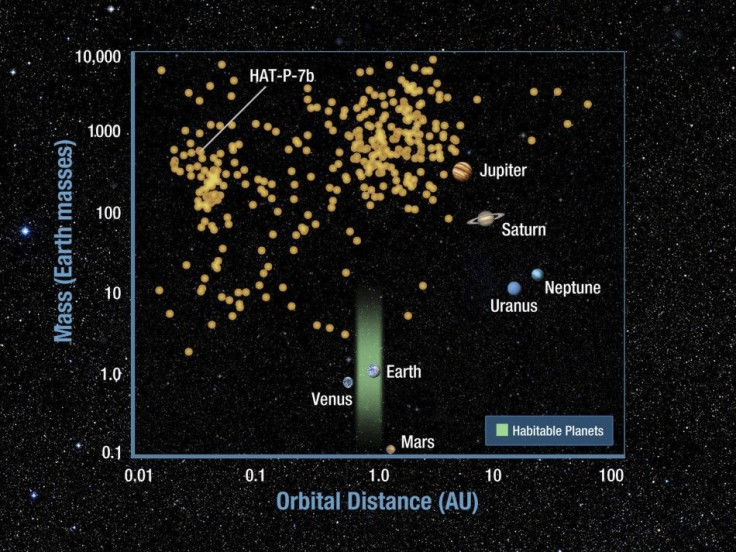NASA's Kepler spacecraft discovers planets outside solar system

NASA's Kepler space observatory has discovered more than 1,000 possible new planets outside the solar system, marking a watershed in the search for habitable alien planets.
An early report from a cosmic census being carried out by the Kepler mission indicates that there could be plenty of small planets and stable multi-planet systems in the universe, according to an Associated Press report on Wednesday.
The new findings mean there are far more exoplanets in the universe than astronomers had reckoned for till date. To date, more than 500 alien planets have been discovered by astronomers, according to space.com.
The Kepler spacecraft, launched in 2009, is a space-based observatory dedicated to the search for extrasolar planets.
The new planets discovered by Kepler are not confirmed as planets yet, but some astronomers estimate that 90 percent of these will eventually be verified, according to the AP.
Kepler's findings reveal that there are more planets that are much smaller than Jupiter than there are giant planets, the report says, and that scientists think Kepler's findings uphold hope of finding planets as small as earth.
While Kepler hasn't yet found planets that are as small as Earth, all the results are pointing in the right direction, said astronomer Jonathan Fortney of the University of California Santa Cruz, according to the AP.
HOW KEPLER SPOTS NEW PLANETS
The Kepler spacecraft searches for planets that circle their parent within or near the habitable zone where liquid water could exist.
The Kepler spacecraft uses a super-sensitive photometer to monitor the light from more than 156,000 stars in an area located in the constellations Cygnus and Lyra. When potential alien planets cross in front of their parent stars, they can cause a dimming effect in the star's light that Kepler can measure, NASA officials said.
Astronomers had discovered the smallest alien planet yet seen, Kepler-10b, last month with the help of the Kepler spacecraft. However, according to scientists, Kepler-10b is not in the habitable zone of its parent star.
Although additional observations will be needed over time to achieve that milestone, Kepler is detecting planets and planet candidates with a wide range of sizes and orbital distances to help us better understand our place in the galaxy, space.com quoted Nasa officials as saying.
© Copyright IBTimes 2024. All rights reserved.





















